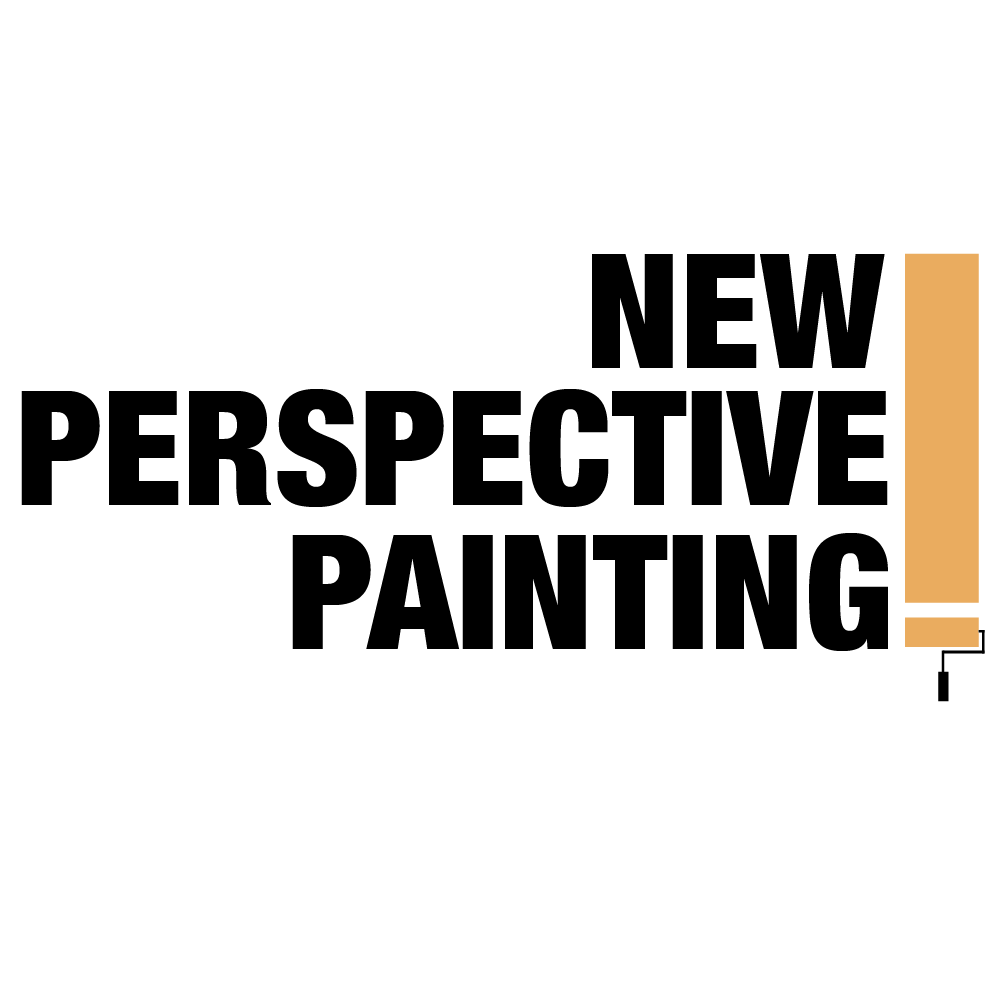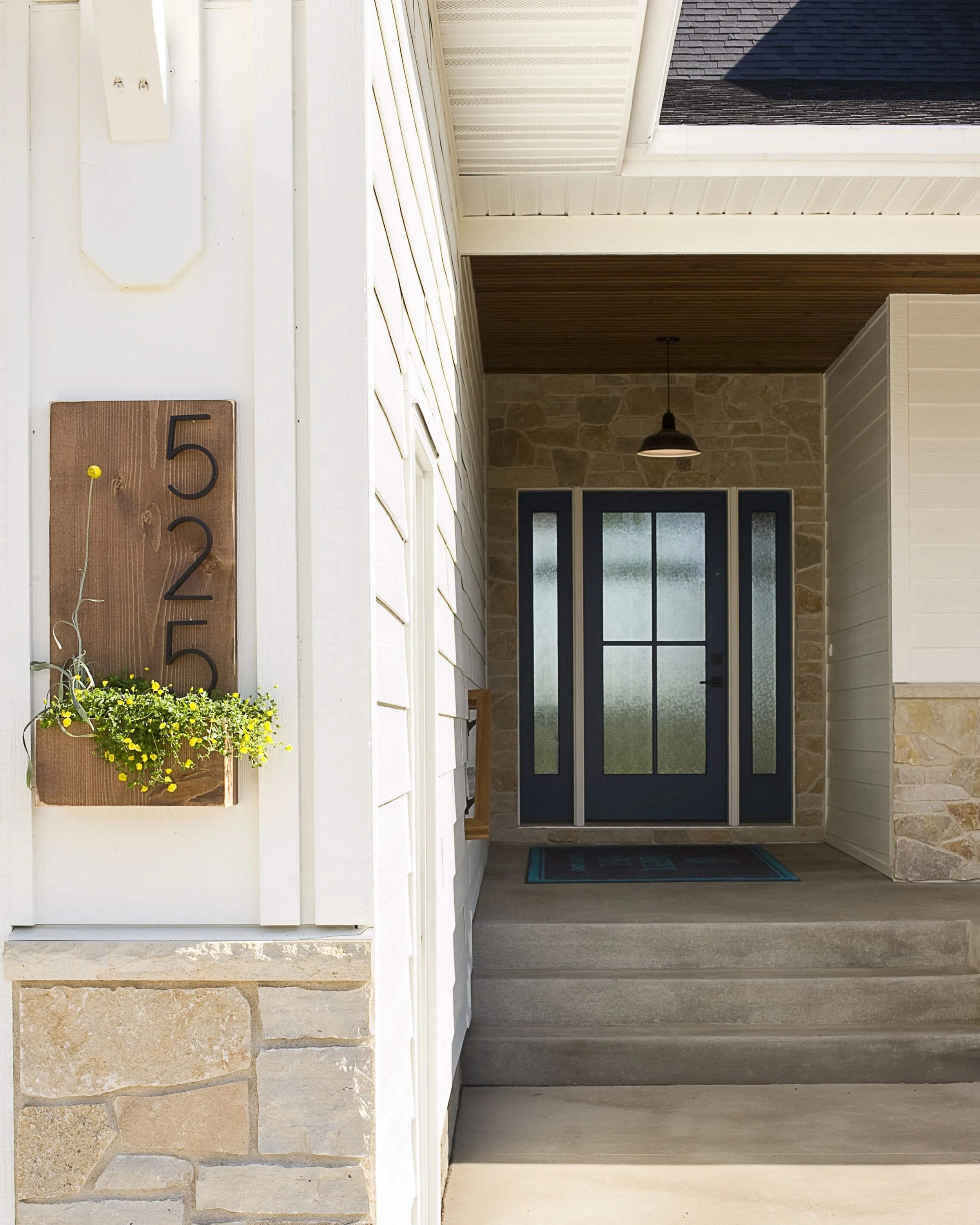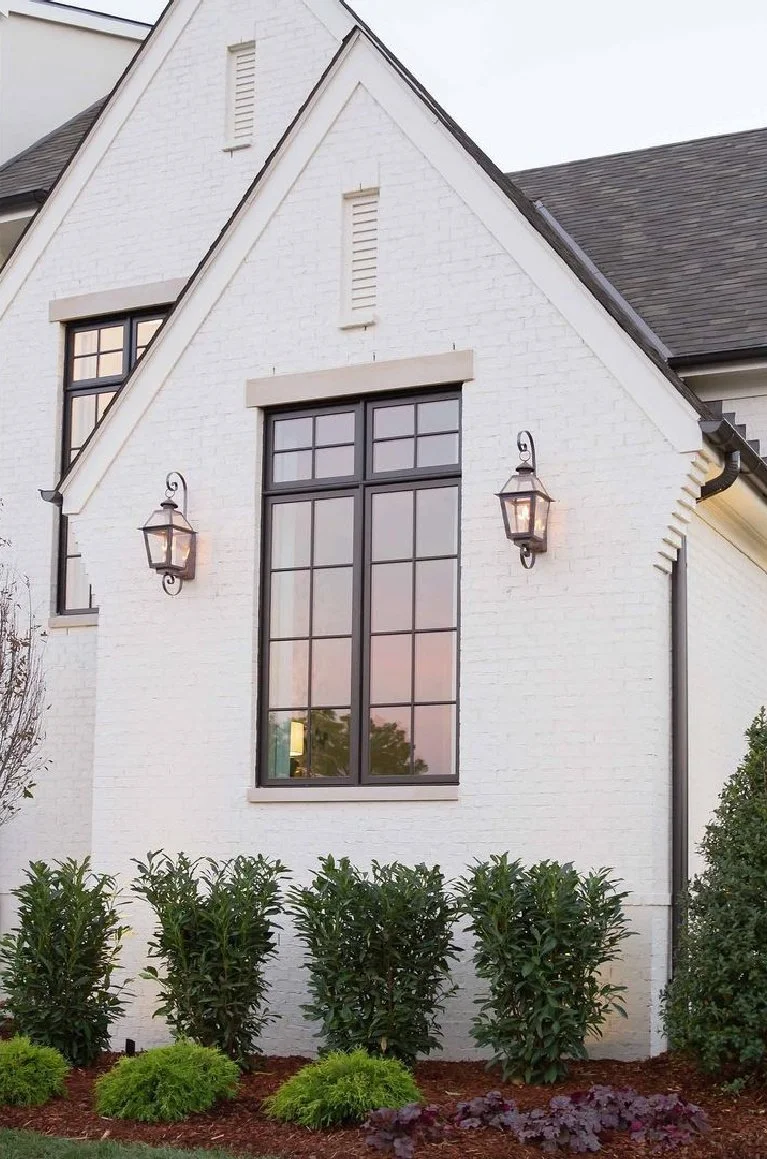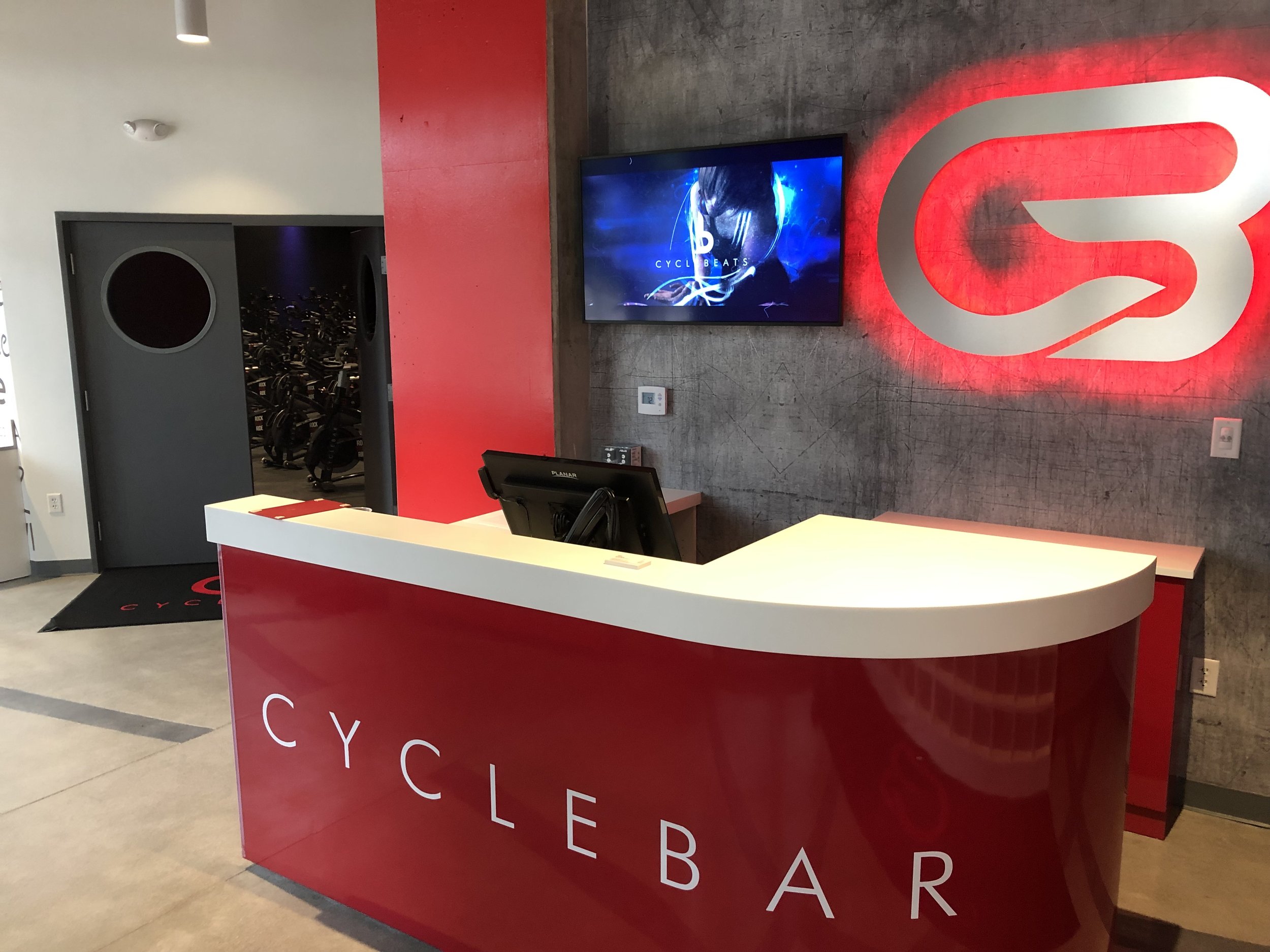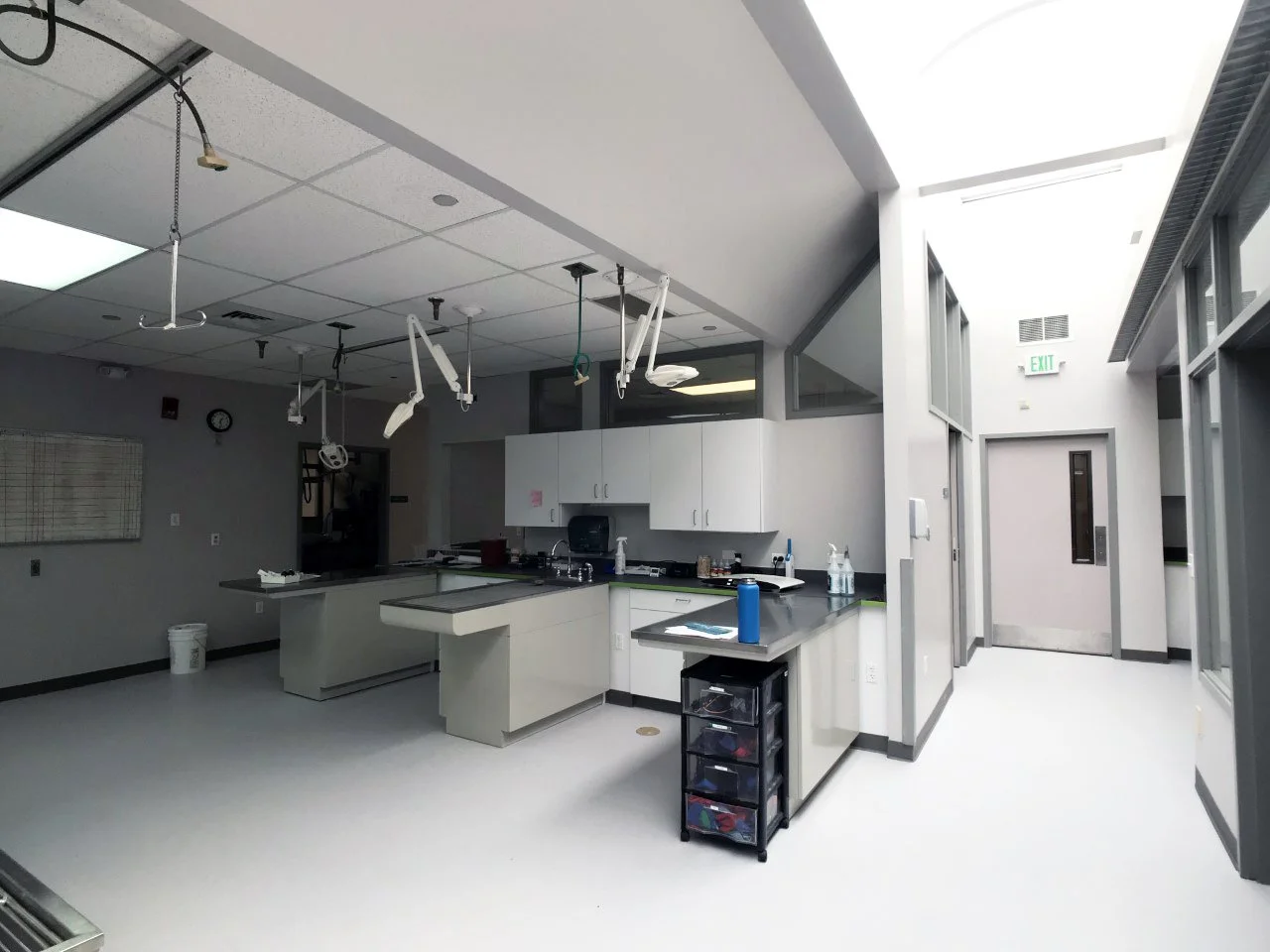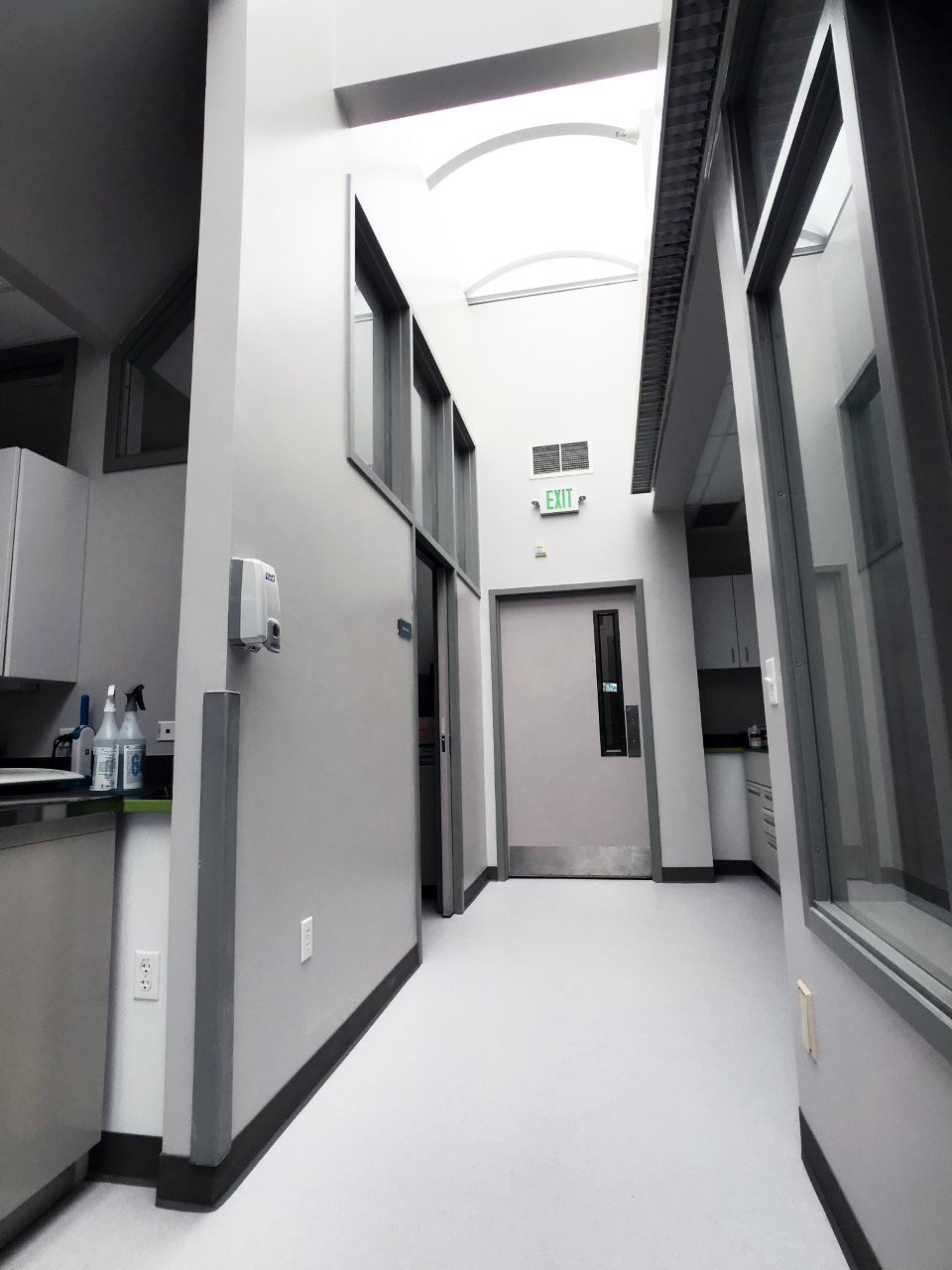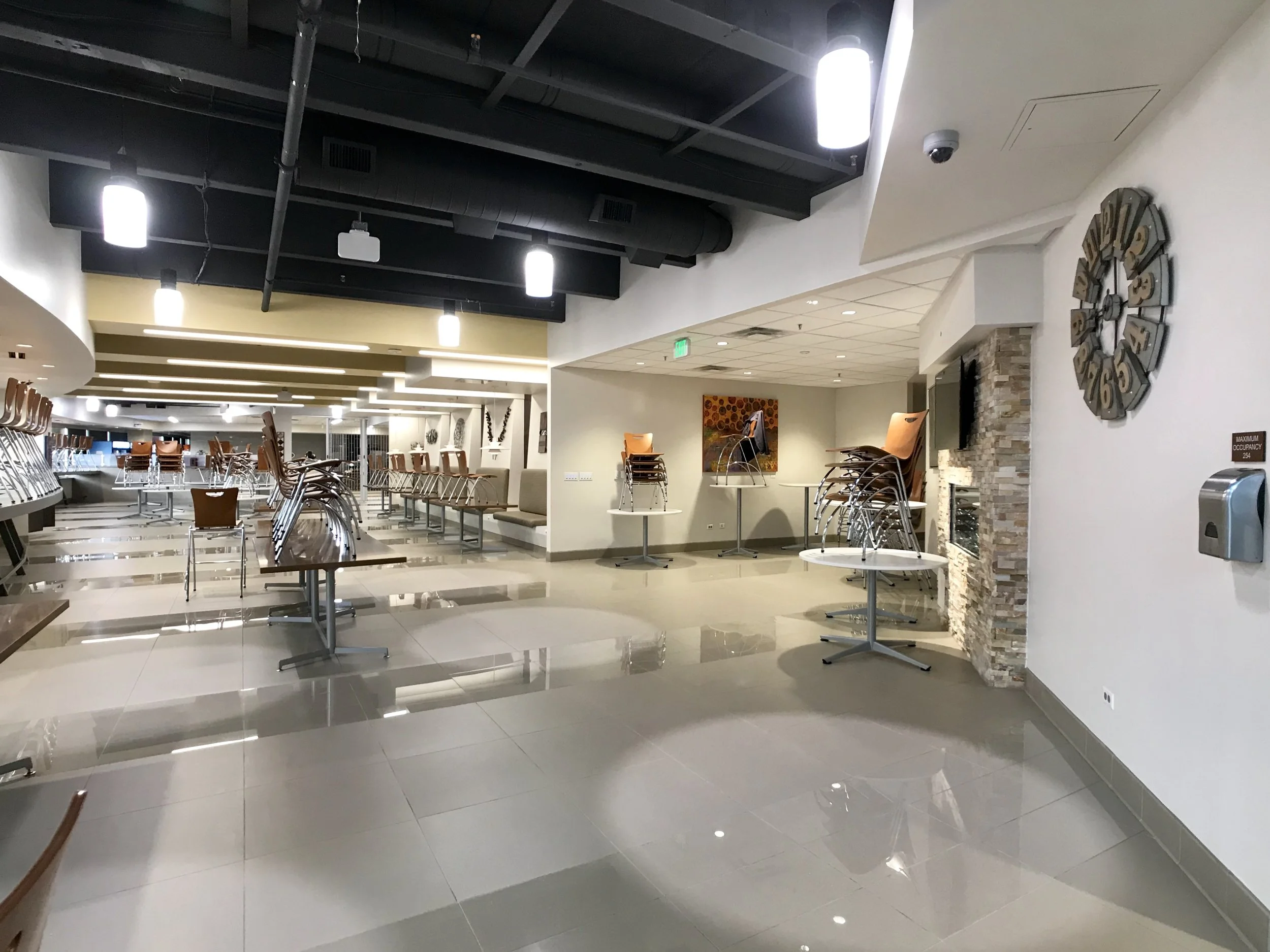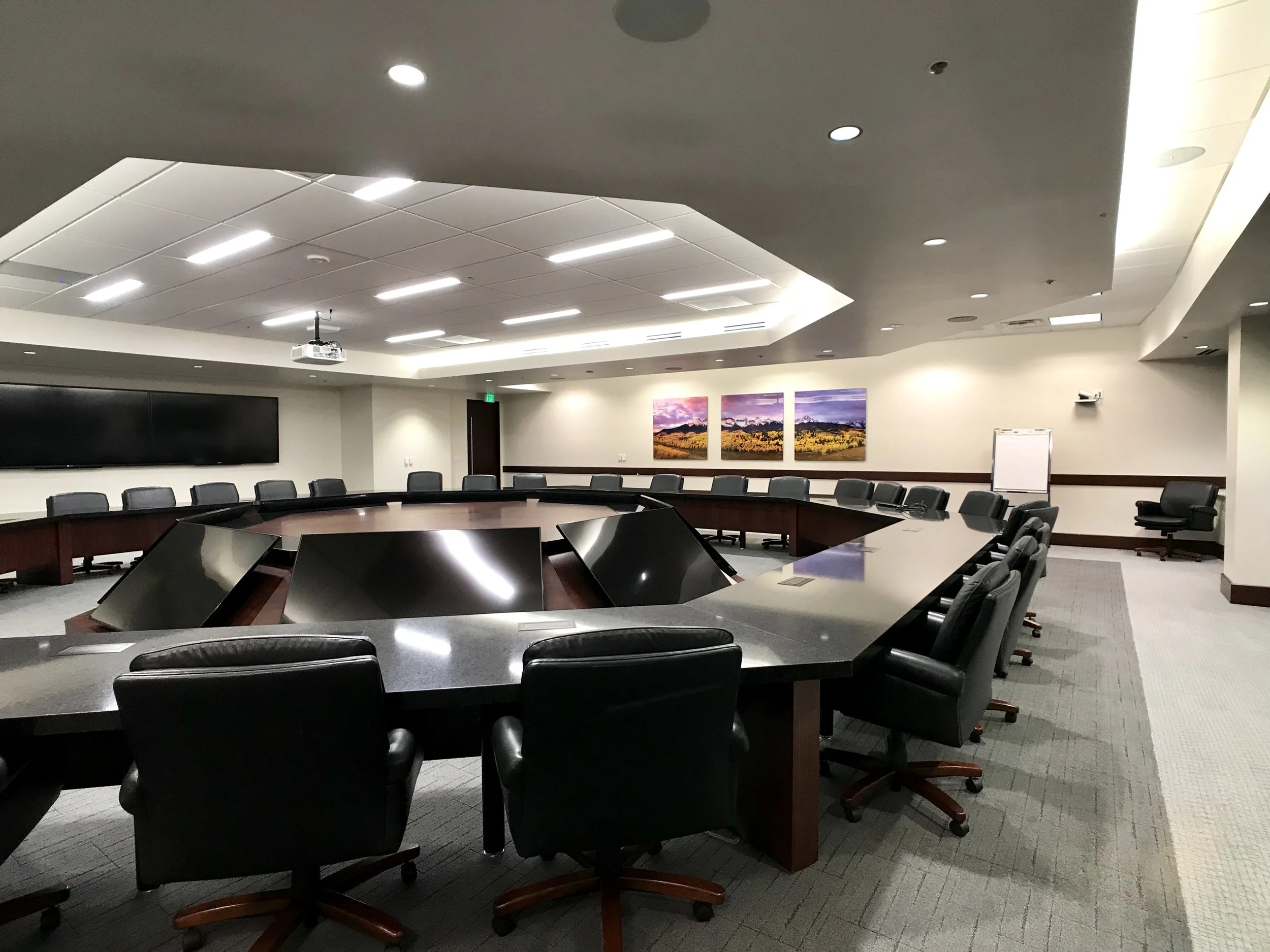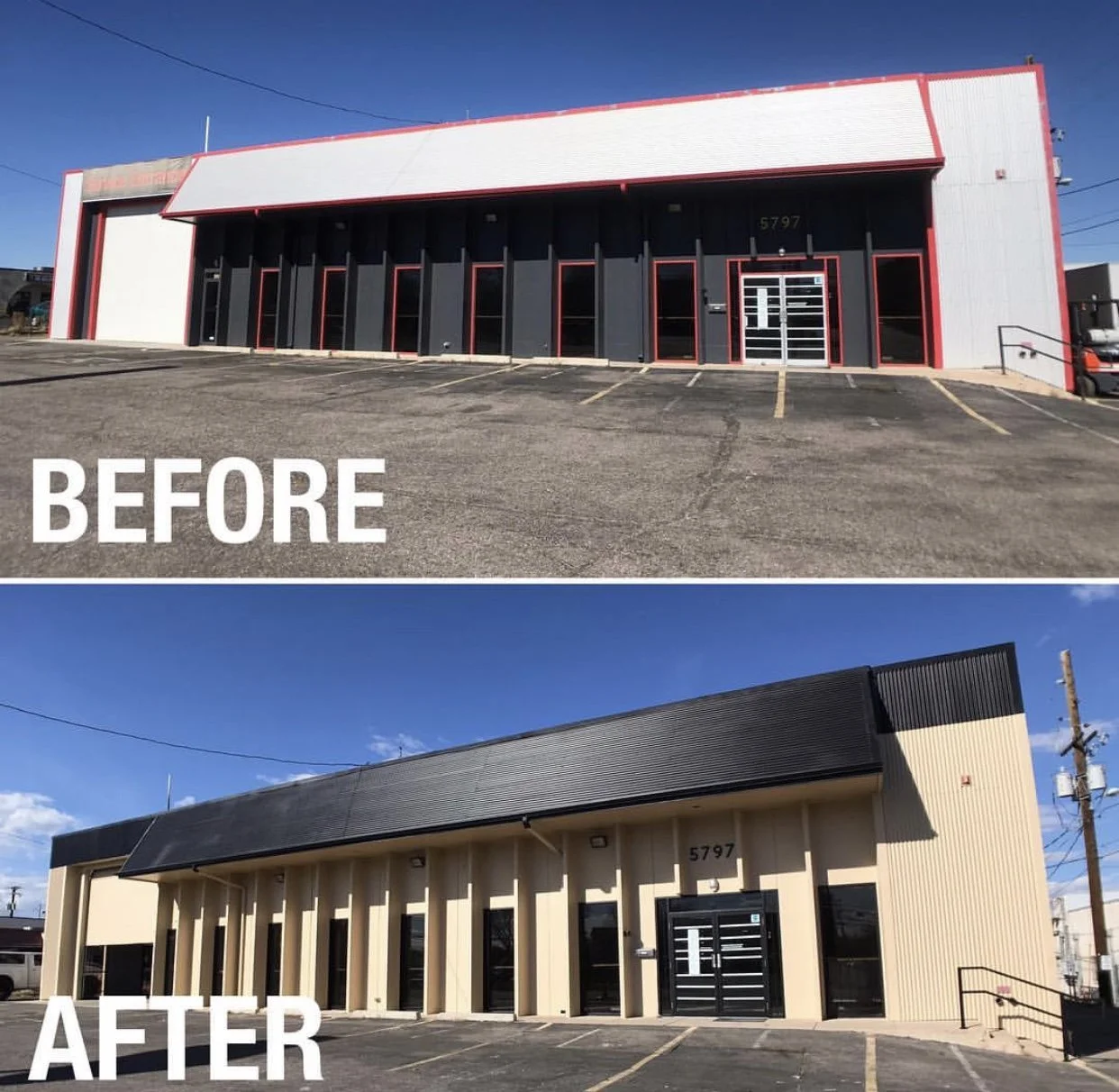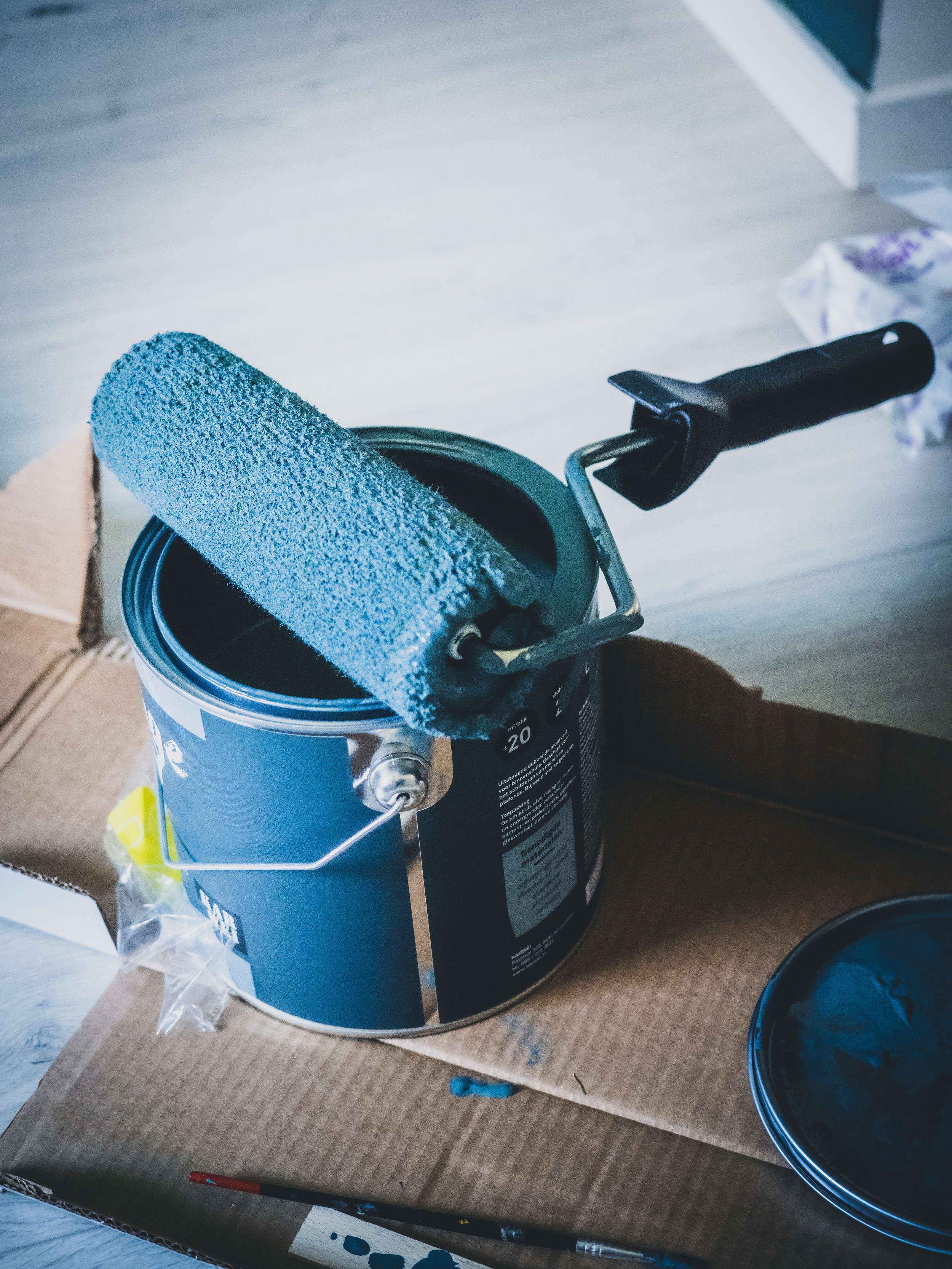The Best Colors to Paint Your House in 2024
The Best Colors to Paint Your House in 2024
Choosing a classic and timeless exterior paint color for your home is an important decision that can greatly enhance its curb appeal and overall aesthetic. Here are some tips to help you select the perfect color:
Top 7 Important Tips When Choosing a Paint Color
Consider the Architecture: Take cues from the architectural style of your home. Different architectural styles have traditional color palettes that complement their design features. For example, Victorian homes often feature vibrant colors, while Craftsman-style homes typically have earthy tones. Research typical color schemes for your home's architectural style to guide your decision.
Assess the Surroundings: Look at the natural surroundings of your home, including the landscape, neighboring houses, and the overall environment. Your chosen color should harmonize with the surroundings rather than clash with them. Take note of the colors of existing features such as the roof, brickwork, and landscaping elements, as these should complement your paint choice. If you live in a neighborhood that consists largely of stucco houses, then you will want to stick with warm and neutral earth tones.
Consider Climate and Light: Keep in mind the climate of your region and how it might affect the appearance of paint colors. For instance, intense sunlight can cause colors to fade over time, while dark colors can absorb heat, potentially affecting energy efficiency. Test paint samples in different lighting conditions throughout the day to see how they look in various light intensities.
Stick with Neutrals as a Base: Neutral colors like whites, grays, and beiges are timeless and versatile choices for exterior paint. They provide a clean backdrop that can be easily updated with accents or trim colors if desired. Neutral colors also tend to have broad appeal and can increase the resale value of your home.
Test Paint Samples: Before committing to a color, purchase small paint samples and apply them to a discreet area of your home's exterior to see how they look in context. Observe how the color appears in different lighting conditions and at various times of the day. Consider how the color complements other elements of your home, such as the roof, windows, and landscaping.
Accentuate with Trim and Accents: Once you've chosen a base color, consider using complementary trim and accent colors to add visual interest and depth to your home's exterior. This could involve painting doors, shutters, or trim in a contrasting color to create focal points and architectural highlights.
Think Long-Term: While it's essential to choose a color that you love, also consider its long-term appeal. Trendy colors may quickly go out of style, whereas timeless colors will remain classic and attractive for years to come. Opting for a timeless color scheme can save you from frequent repainting and ensure that your home maintains its curb appeal over time.
Our Top Picks for Timeless and Elegant Exterior Paint Colors
Exterior House Paint Color (Sherwin Williams - Alabaster)
Sherwin Williams Alabaster is widely recognized for its versatility and timeless appeal. This off-white paint color boasts a warm and creamy hue with subtle undertones, evoking a soft and inviting atmosphere without being overly yellow or beige. Its understated elegance makes it suitable for a variety of architectural styles, from traditional to contemporary. Alabaster's warmth and brightness contribute to a cozy yet airy ambiance, reflecting light beautifully to create an open feel in any space. Its seamless coordination with a wide range of colors allows for flexibility in design choices, making it a popular option among interior designers, homeowners, and professionals. Renowned for its timelessness, Alabaster remains a reliable choice that can adapt to evolving design trends while maintaining its classic appeal. Accessible at Sherwin Williams stores nationwide and internationally, Alabaster offers convenience and quality for those seeking to enhance their living spaces with a versatile and enduring paint color.
Exterior House Paint Color (Sherwin Williams - Greek Villa)
Sherwin Williams Greek Villa is a soft and warm off-white paint color with a touch of yellow undertone. It falls within the creamier spectrum of whites, making it an excellent choice for creating a cozy and inviting atmosphere. Greek Villa has an LRV (Light Reflectance Value) of 83, which means it reflects a good amount of light, contributing to the brightness of a space.
This paint color is part of Sherwin Williams' Neutral Nuance collection, which emphasizes timeless and versatile hues that can adapt to various design styles and preferences. Greek Villa is particularly popular for its ability to evoke the ambiance of Mediterranean-inspired spaces, resembling the sun-kissed walls often found in coastal villas.
While Greek Villa is predominantly used as a wall color, it also works well for trim and accents, especially when paired with deeper shades or contrasting colors to create visual interest. It complements a wide range of decor styles, including traditional, farmhouse, coastal, and transitional, offering flexibility in design choices.
Greek Villa's versatility extends to both interior and exterior applications. Indoors, it can create a serene backdrop for living rooms, bedrooms, kitchens, and bathrooms, while outdoors, it can lend a fresh and inviting look to facades, siding, and trim.
Overall, Sherwin Williams Greek Villa is a timeless and adaptable paint color that adds warmth, brightness, and sophistication to any space, whether used alone or in combination with other hues. Its popularity stems from its ability to create a welcoming ambiance while harmonizing with a variety of design elements and architectural styles.
Sherwin Williams - Westhighland White Exterior Paint Color
Sherwin Williams Westhighland White is a warm off-white paint color with subtle beige undertones, exuding a soft and inviting ambiance reminiscent of natural linen or warm cream. With a Light Reflectance Value (LRV) of approximately 79, it offers a moderate level of light reflection, ideal for brightening spaces while maintaining a sense of warmth. Its versatility makes it suitable for a variety of design schemes, complementing both warm and cool tones and adapting seamlessly to different decor styles, including traditional, transitional, and contemporary. Whether used on walls, trim, cabinetry, or furniture, Westhighland White adds a timeless and elegant touch to interiors and exteriors alike. When coordinating with other colors, it pairs well with warm neutrals, earthy tones, and rich accents, enhancing the warmth and texture of natural materials like wood and stone. Its popularity among homeowners and designers stems from its ability to create inviting and enduring spaces that exude sophistication and charm. Overall, Westhighland White is a versatile and timeless paint color that brings warmth, elegance, and versatility to any space it graces.
Sherwin Williams - Shoji White Exterior Paint Color
Sherwin Williams' Shoji White stands out as a versatile and highly sought-after paint color renowned for its soft and neutral tones. This shade boasts a delicate balance, offering subtle undertones that lean towards warm greige, evoking a tranquil ambiance reminiscent of traditional Japanese paper screens. With its relatively high Light Reflectance Value (LRV) of around 77, Shoji White reflects ample light, contributing to a bright and airy atmosphere while retaining a sense of warmth and comfort. Its versatility extends across various design styles, from traditional to contemporary, making it a favored choice for interior spaces. Whether applied to walls, trim, or cabinetry, Shoji White effortlessly blends with other elements, fostering a cohesive and harmonious aesthetic. When paired with warm neutrals, soft pastels, or muted earth tones, it exudes a serene and sophisticated allure, enhancing the organic beauty of natural materials like wood and stone. Popular among homeowners and designers alike, Shoji White embodies understated elegance and timeless appeal, offering a serene and inviting backdrop for any living space.
Benjamin Moore - Swiss Coffee Exterior Paint Color
Swiss Coffee is a soft, creamy white with subtle yellow undertones, reminiscent of the warm hues found in freshly brewed coffee with a splash of cream. It exudes a sense of warmth and comfort, creating a cozy and inviting atmosphere.
Undertones: While primarily a neutral white, Swiss Coffee has gentle undertones of yellow or beige, adding depth and warmth to its appearance. These undertones contribute to its versatility and make it suitable for a wide range of design styles and color palettes.
Light Reflectance Value (LRV): Swiss Coffee typically has a moderate LRV, reflecting a good amount of light while still maintaining a sense of warmth and coziness. This makes it suitable for creating bright and airy spaces without feeling stark or cold.
Versatility: Swiss Coffee is highly versatile and complements various design schemes, from traditional to contemporary. Its soft and understated elegance makes it suitable for both interior and exterior applications, including walls, trim, and accents.
Applications: Swiss Coffee can be used effectively as a main wall color, trim color, or for cabinetry and furniture. Its neutral yet warm appearance allows it to blend seamlessly with other colors and materials, creating a cohesive and harmonious look.
Coordination: When coordinating Swiss Coffee with other colors, consider pairing it with warm neutrals, earthy tones, or muted pastels for a serene and inviting ambiance. It also complements natural materials such as wood and stone, enhancing their warmth and texture.
Popularity: Swiss Coffee is a highly sought-after paint color among homeowners and designers for its versatility, timelessness, and ability to create a cozy and welcoming atmosphere. It offers a classic yet contemporary aesthetic that can adapt to evolving design trends while maintaining its enduring charm.
Commercial Painting Contractors Near Me
Commercial Painting Contractors Near Me | New Perspective Painting | Office Painting, Building Painting, Epoxy Coatings, Commercial Exterior & Interior Painting Contactors. Schedule a free painting estimate with us and receive a no obligation estimate
Commercial Painting Contractors Near Me | New Perspective Painting
Schedule an Estimate
Looking for a commercial painter In Denver? New Perspective Painting offers a wide array of commercial painting services including
Interior Commercial Painting:
Painting of interior walls, ceilings, and trim in commercial buildings such as offices, retail stores, restaurants, and healthcare facilities.
Application of specialized coatings for high-traffic areas or environments with specific requirements, such as antimicrobial or low-VOC (volatile organic compound) paints.
Exterior Commercial Painting:
Painting of exterior surfaces including walls, siding, trim, doors, and windows of commercial buildings.
Preparation and application of weather-resistant coatings to protect against UV rays, moisture, and other environmental factors.
Restoration and repainting of historical or aged structures to maintain their appearance and structural integrity.
Industrial Painting:
Coating and painting of industrial facilities such as warehouses, factories, manufacturing plants, and storage tanks.
Application of specialized coatings to protect surfaces from corrosion, chemical exposure, and abrasion.
Compliance with industry standards and regulations for safety and environmental protection.
Epoxy Flooring:
Installation of epoxy floor coatings in commercial spaces such as warehouses, garages, showrooms, and laboratories.
Epoxy flooring provides a durable, seamless, and easy-to-clean surface ideal for high-traffic areas and environments requiring chemical and impact resistance.
Specialty Finishes and Decorative Painting:
Application of decorative finishes such as faux painting, texture coatings, murals, and stenciling to enhance the aesthetic appeal of commercial spaces.
Customized branding and signage through painted logos, graphics, and lettering to promote corporate identity and brand recognition.
Property Maintenance Painting:
Regular maintenance painting services to preserve and refresh the appearance of commercial properties, including touch-ups, repainting, and graffiti removal.
Inspection and assessment of surfaces for signs of wear, damage, or deterioration, with recommendations for appropriate repairs and coatings.
Tenant Improvement Painting:
Painting services for commercial property owners or landlords to prepare rental spaces for new tenants or to update existing tenant spaces according to lease agreements.
Coordination with tenants and property managers to minimize disruption to business operations during painting projects.
Each type of commercial painting service is tailored to meet the unique requirements of different industries, facilities, and environments, ensuring that businesses can maintain attractive, functional, and well-maintained spaces conducive to productivity, safety, and customer satisfaction.
Commercial Painting Project in Denver | Caliber Collision
What kind of paint do you use on cabinets?
What kind of paint do you use on cabinets? Choosing the right paint for cabinets involves considering both the type of paint and the desired finish or gloss level. Several reputable brands offer specialized cabinet paints in various formulations and gloss options to achieve the perfect look for your kitchen or bathroom.
What kind of paint do you use on cabinets?
What kind of paint do you use on cabinets?
Choosing the right paint for cabinets involves considering both the type of paint and the desired finish or gloss level. Several reputable brands offer specialized cabinet paints in various formulations and gloss options to achieve the perfect look for your kitchen or bathroom. One popular choice for cabinet painting is Benjamin Moore Advance. This paint is an alkyd formula that combines the durability of oil-based paint with the easy cleanup of water-based paint. It dries to a hard finish, making it ideal for cabinets that are subject to daily use. Benjamin Moore Advance is available in various sheen levels, including satin and semi-gloss, allowing you to customize the level of shine to your preference.
Sherwin-Williams is another well-known brand with a range of cabinet paints. Their Emerald Urethane Trim Enamel is a water-based paint that offers excellent adhesion and durability and dries harder than their interior or exterior wall paint. It comes in different sheen levels, such as satin and gloss, providing flexibility in choosing the level of glossiness for your cabinets.
Cabinet Coat by INSL-X is a noteworthy option for those looking for a specialized cabinet paint. This acrylic enamel paint is designed specifically for cabinets, providing a durable and smooth finish. It is available in satin and semi-gloss finishes, offering choices for those who want a more subdued or shinier appearance.
When it comes to gloss options, it's essential to consider both aesthetic preferences and practicality. High-gloss finishes, such as those found in semi-gloss or gloss paints, are reflective and easy to clean, making them suitable for high-traffic areas like kitchens. On the other hand, satin finishes provide a softer sheen while still offering good durability, making them a popular choice for a more subtle look.
Ultimately, the best paint for your cabinets depends on your specific needs and preferences. Whether you opt for a traditional water-based latex paint, or specialized cabinet paint from a reputable brand, selecting the right gloss level is the finishing touch that brings your vision to life. At New Perspective Painting, we always follow the manufacturer's recommendations for surface preparation and application techniques to achieve the best results.
What kind of paint do you use on cabinets
What Do Painters Charge Per Day? How Much Does It Really Cost To Hire Professional Painters?
What Do Painters Charge Per Day? How Much Does It Really Cost To Hire Professional Painters?
What Do Painters Charge Per Day? How Much Does It Really Cost To Hire Professional Painters?
The cost of hiring professional painters can vary widely based on several factors, including location, the size of the project, the complexity of the job, the type of paint used, and the reputation and experience of the painting contractor. Additionally, different painters may charge by the hour, by the square foot, or by the project. Here are some general guidelines when asking “what do painters charge per day”.
Hourly Rates:
Interior Painting: Hourly rates for interior painting may range from $50 to $100 per hour, depending on the painter's experience and the type of hourly work needed. If the areas being painted are very high up or technical, then the hourly rate will be higher.
Exterior Painting: Exterior painting rates can vary similarly, ranging from $50 to $100 per hour but will likely fall around $75.
Square Footage Rates:
Interior Painting: Some painters charge by the square foot for interior painting, and prices can range from $2 for walls only to $6 per square foot for an entire repaint of all surfaces (walls, ceilings, doors, door frames, baseboards, trim, and closets) depending on the complexity of the job. Expect a 1000 sq ft home to cost approx $5,000-$6,000 for a top-to-bottom paint job including paint and material.
Exterior Painting: Exterior painting rates may also be quoted per square foot, with prices typically falling within the $1.50 to $4 range but typically around $4 in the state of Colorado, especially if the home is a 2-story home. The way to calculate the paintable square footage of a home’s exterior is to add the lengths of the sides of the home and multiply it by the height. If each side of the home is 25 feet and the height is 20 feet, then 25+25+25+25 x 20 = 2000 paintable square footage. 2000 x 4 = $8,000.
Per Project Rates:
Interior and Exterior Painting: Many painting contractors provide a project-based quote after assessing the scope of work. The cost per project can vary widely but might fall in the range of $1,000 to $5,000 or more for a standard-sized room, exterior, or technical project.
Additional factors that painters take into account when evaluating how much to charge per day
Room Size: The larger the area to be painted, the higher the cost. Larger rooms or homes generally require more time and materials.
Ceiling Height: High ceilings or complex architectural features can add complexity to the job, potentially increasing labor costs.
Preparation and Repairs:
Surface Preparation: If the walls require extensive preparation, such as patching holes, sanding, or priming, this can increase the labor time and cost.
Repair Work: Any necessary repairs, such as fixing drywall damage or addressing water damage, will contribute to the overall cost.
The number of Colors and Finishes:
Number of Colors: Using multiple colors in a room or on the exterior can increase the time and effort required for precise edging and detailing.
Finish Type: Different paint finishes (e.g., matte, satin, gloss) can have varying costs, with glossier finishes generally being more expensive.
Type and Quality of Paint:
Paint Quality: Higher-quality paints tend to be more expensive but can offer better durability and coverage. The choice of paint brand and type can impact the overall cost. Generally speaking, contractors always bid with the lowest and cheapest paint in order to come in at the lowest price.
Number of Coats: The number of coats required also influences the amount of paint needed and, consequently, the cost. Painting with white paint over a color will require 3 coats of paint instead of the traditional 2 that most colors require.
Accessibility and Safety Considerations:
Accessibility: Difficult-to-reach areas, such as high ceilings or stairwells, may require additional equipment or safety measures, potentially affecting the overall cost.
Safety Requirements: Compliance with safety regulations, especially for exterior projects, may add to the contractor's costs.
Geographic Location:
Local Economy: Prices for labor and materials can vary based on the local economy. Urban areas with a higher cost of living may have higher painting rates.
Seasonal Factors:
Seasonal Demand: Painting contractors may have peak seasons where demand is higher. Consider scheduling your project during the off-season to potentially get more competitive rates.
Experience and Reputation of the Painter:
Painter's Experience: Highly experienced painters or reputable painting companies may charge higher rates due to their expertise and the quality of their work.
References and Reviews: Checking references and online reviews can help gauge the quality of a painter's work and customer satisfaction.
Remember that obtaining multiple quotes, being clear about the scope of work, and discussing potential additional charges can help you make an informed decision when hiring professional painters. Always ask for a detailed written estimate that includes labor, materials, and any other potential fees or charges.
A lower price does not = the same quality of work
Is It A Good Idea To Paint Brick?
Is It A Good Idea To Paint Brick?
Things to consider when you are thinking of painting brick:
Aesthetic Improvement: Painting brick can enhance the overall appearance of a structure. It allows you to update the color or create a more cohesive look with the rest of your home. If you are wanting to change the appearance of your brick but don’t want to worry about paint peeling or maintenance in the future, then we strongly recommend looking into Limewashing, Lime Slurry, or Staining your brick.
Protection: Paint can provide a layer of protection for the brick against weathering, especially if the brick is porous. It can help prevent moisture penetration and reduce the risk of damage from the elements.
Stain or Damage Coverage: If the brick has stains or damage that cannot be removed or repaired easily, painting can be a practical solution to cover these imperfections.
Considerations before painting brick:
Permanence: Once you paint brick, it can be challenging, if not impossible to revert to its original state. If you enjoy the natural look of brick, consider other options such as limewashing or staining.
Maintenance: Painted surfaces may require more maintenance than unpainted ones. Depending on the climate and exposure, painted brick may need touch-ups or repainting over time. Paint peeling in the future can be a concern and areas may need to be repainted.
Breathability: Brick is a breathable material, and painting it can affect its ability to release moisture. This could potentially lead to issues like trapped moisture and, in turn, damage to the brick over time. Choose a breathable paint or consider other breathable coatings if moisture is a concern.
Preparation: Proper preparation is crucial for a successful paint job on brick. The surface needs to be thoroughly cleaned, and any existing issues, such as efflorescence or mold, should be addressed before painting. Priming brick is an important step in ensuring that the paint adheres strongly to the brick.
Architectural Style: Consider the architectural style of your home. Some architectural styles, like colonial or traditional, may look better with limewashed brick or lime slurry brick, while others, like modern or contemporary styles, may benefit from a solid, opaque look from paint or lime slurry.
Painting brick can be a good idea for certain situations, but it's essential to weigh the pros and cons, consider long-term maintenance, and ensure proper preparation for a successful outcome. If you're unsure, consulting with us could provide valuable insights based on your specific circumstances.
It’s important to to also keep in mind that once brick has been painted, it has to be painted over. A stain, limewash, or lime slurry paint can not be applied over already painted brick.
10 Pro Tips For Painting Walls
10 pro tips for painting walls. We share our top 10 tips for you to follow when tackling your next painting project.
10 Pro Tips For Painting Walls
Professional painters often have years of experience and expertise in achieving high-quality finishes. Here are 10 tips that professional painters commonly emphasize:
Surface Preparation is Key:
Properly prepare surfaces before painting. This includes cleaning, sanding, and filling any cracks or holes. A well-prepared surface ensures better adhesion and a smoother finish. It is easy to skip the proper prep and just get right to painting, but the finish and longevity of your paint job will suffer.
Use High-Quality Materials:
We can not stress this enough. Invest in high-quality paints, primers, and brushes. Quality materials can make a significant difference in the final result and the durability of the paint job. It is much easier to buy cheper products, especially if you are only tackling a small paint job. The higher quality products you buy will make your painting project easier and provide nicer results.
Protect Your Work Area:
Cover floors, furniture, and any items that you don't want to be painted. Use painter's tape to protect edges and create clean lines. This may seem like a no-brainer, but we want to emphasize it anyways.
Choose the Right Tools:
Select the appropriate brushes, rollers, and other tools for the job. Different surfaces and paint types may require different tools for optimal results. One brush is better suited for cutting corners, while one brush is better at detail painting small areas. Choosing the right roller nap is also important as rougher surfaces require a thicker nap (such as 3/4”)
Maintain a Consistent Wet Edge:
Keep a "wet edge" while painting to avoid visible lap marks. This means working quickly and efficiently, especially when using paints that dry quickly by not letting the edges of the paint dry until the entire surface is painted. Letting a paint stroke dry completely and coming back to it may result in an inconsistent appearance
Work from Top to Bottom:
Start painting from the top of the room and work your way down. This helps to catch any drips or spills as you work. If you paint from the bottom up, then fresh paint can drip down to an already painted area that has dried.
Properly Mix Paints:
If using multiple cans of paint for a single project, mix them together in a larger container to ensure color consistency. We use a drill attachment that stirs the paint completely, ensuring that all pigments and chemicals are properly mixed.
Prime when Necessary:
Use a primer when needed, especially on bare surfaces or when transitioning between different types of paint (e.g., from oil-based to latex). Primers are needed when painting over wood or heavily stained surfaces. Primer also eliminates smoke odors.
Don't Skimp on Drying Time:
Allow ample drying time between coats. Rushing the process can lead to uneven drying, poor adhesion, and other issues. Using a fan to help speed up the drying process is also a wise idea.
Clean Your Tools Thoroughly:
Properly clean your brushes, rollers, and other painting tools immediately after use. This ensures they remain in good condition for future projects.
Remember, practice and experience are key to becoming an efficient and skilled painter. While these tips can provide a solid foundation, hands-on experience will further refine your techniques over time.
What do painters charge hourly?
How Much Do Painters Charge Hourly? Wondering what a reasonable rate is to pay painters? Read our blog on determining factors
What Do Painters Charge Hourly?
The hourly rate for painters can vary widely based on factors such as location, the painter's experience, the complexity of the job, and whether it's residential or commercial painting. Here are some general guidelines for hourly rates:
Entry-Level Painters:
Entry-level or less experienced painters may charge anywhere from $15 to $25 per hour.
Mid-Level Painters:
Painters with a moderate level of experience typically charge between $25 and $40 per hour.
Experienced or Specialized Painters:
Highly experienced painters or those with specialized skills (such as muralists or faux finish painters) may charge $40 per hour or more.
Location Factors
-Rates can vary significantly based on the region or city. For example, painters in metropolitan areas with a higher cost of living may charge more than those in smaller towns. Rates may also depend on the type of painting job. Exterior painting, intricate detailing, or specialized techniques may warrant higher hourly rates.
Contract vs. Hourly
Some painters may prefer to work on a per-project basis or offer a fixed contract price rather than charging by the hour. This is common for larger projects.
It's important to note that these figures are general estimates, and actual rates can vary. Additionally, market conditions and inflation may cause rates to change over time. When hiring a painter, it's advisable to obtain detailed quotes based on the specific scope of your project.
Keep in mind that additional costs, such as the price of materials and any necessary prep work, may also factor into the overall cost of the project. Always discuss rates and expectations with the painter before starting the job to ensure transparency and avoid surprises.
Cheap Painters Near Me
Cheap Painters Near Me - Beware! Although a low price is an important factor when choosing a painting company, it will come at its own cost.
Cheap Painters Near Me
Searching for “Cheap painters near me” and thinking about choosing a cheap painter for your painting project? It is normal to want the lowest price, but that comes at its own cost
Choosing a painter solely based on the lowest bid or opting for a cheap painting service can lead to various issues that may compromise the overall quality and longevity of the project. First and foremost, cheap painters may cut corners when it comes to materials. They might use low-quality paints and tools, resulting in a finish that not only looks subpar but is also more susceptible to wear and tear over time. Investing in a professional painter who uses high-quality materials ensures a longer-lasting and more durable result, ultimately saving money in the long run by reducing the need for frequent touch-ups or repainting.
Secondly, cheap painters may lack the necessary skills and experience to handle complex painting projects. Achieving a flawless finish, especially for intricate designs or specific textures, requires a certain level of expertise. Inexperienced painters may struggle with proper surface preparation, color mixing, or technique application, leading to an unsatisfactory outcome. Professional painters, on the other hand, bring a wealth of experience and expertise to the table, ensuring that the final result meets or exceeds the client's expectations.
You get what you pay for
Lastly, the adage "you get what you pay for" holds true in the world of painting. Cheap painters may not invest in ongoing training or stay updated on the latest industry trends and techniques. This lack of commitment to professional development can result in outdated methods and a failure to address evolving customer needs. A reputable and professional painter is more likely to stay current with industry advancements, ensuring that they deliver a modern and high-quality finish that enhances the aesthetic appeal of the space. Choosing a painter based on their skill and reputation rather than their low cost is an investment in the beauty and longevity of your home's interior.
Beyond the immediate concerns of subpar work and lack of expertise, opting for cheap painters can also lead to a frustrating experience due to poor communication and reliability issues. Professional painters typically prioritize clear communication with their clients, providing detailed estimates, timelines, and project updates. Cheap painters may not adhere to agreed-upon schedules, causing delays and disruptions to your daily routine. Furthermore, inadequate communication can result in misunderstandings about the scope of work, leading to dissatisfaction with the final result. Professional painters value open and transparent communication, ensuring that clients are well-informed and confident throughout the painting process.
Another critical aspect to consider is the potential for hidden costs associated with cheap painters. While their initial quote might seem enticingly low, unforeseen expenses may arise during or after the project. Cheap painters might not include essential elements in their estimates, such as proper surface preparation, primer, or the cost of quality materials. As a result, homeowners may find themselves facing unexpected expenses, eroding any initial cost savings. Choosing a professional painter who provides a comprehensive and transparent estimate helps you avoid unpleasant surprises and ensures that the project is completed with the utmost attention to detail and quality craftsmanship.
Top 10 things to consider when hiring a painter
Top 10 things to consider when choosing a Denver Painter. Read first!
Choosing the right interior painter is crucial to achieving the desired look and feel for your home. Here are some tips you might consider including in a blog about choosing an interior painter:
Research and Recommendations:
Start by researching local painters online and ask for recommendations from friends, family, or colleagues. It is important to read the reviews in detail to make sure they were written by real people and not paid for.
Read reviews on various platforms such as websites, social media, or local business directories to gauge the experiences of previous clients. Read our reviews on Yelp here and here
Credentials and Experience:
Check for the painter's credentials, including licenses and insurance. A professional painter should be properly licensed and insured. We will provide our insurance certificate to any client who requests to see and verify our coverage
Inquire about the painter's experience in the industry. An experienced painter is likely to have a better understanding of various techniques and finishes along with up-to-date spray techniques and products. Different projects require different paints and tools. Ask your Denver painter what paints they prefer to use and verify that they will use the right paint for the job.
Portfolio of Work:
Request to see a portfolio of the painter's previous work. This can give you an idea of their style, attention to detail, and the quality of their workmanship. A lengthy and original painting portfolio that showcases their work is a good sign that your painter has experience. View our gallery here
Look for projects that are similar to what you have in mind for your own home.
References:
Ask for references from past clients. Speaking with previous customers can provide insights into the painter's reliability, communication skills, and the overall satisfaction of their clients.
Estimates and Contracts:
Obtain detailed estimates from multiple painters. The estimate should include the cost of labor, materials, and any additional charges.
Ensure that the painter provides a written contract outlining the scope of work, timelines, and payment terms. This helps prevent misunderstandings later on.
Communication Skills:
Evaluate the painter's communication skills. A good painter should be responsive, open to discussion, and able to clearly explain the painting process and any potential issues.
Quality of Materials:
Inquire about the quality of paint and materials the painter intends to use. Higher-quality materials can contribute to a longer-lasting and more visually appealing and longer lasting finish.
Timeline and Schedule:
Discuss the expected timeline for the project and the painter's availability. Make sure the schedule aligns with your own timeframe and expectations.
Cleanup and Warranty:
Ask about the cleanup process after the job is completed. A professional painter should leave the space in the same or better condition than they found it.
Inquire about any warranties or guarantees offered on the work. This can provide you with peace of mind in case any issues arise after the project is complete.
Budget Considerations:
While cost is an important factor, it shouldn't be the sole consideration. Balance the cost with the painter's reputation, experience, and the quality of their work.
By addressing these considerations in your blog, you can help readers make informed decisions when choosing an interior painter for their home
Call New Perspective Painting for your next interior painting project!

